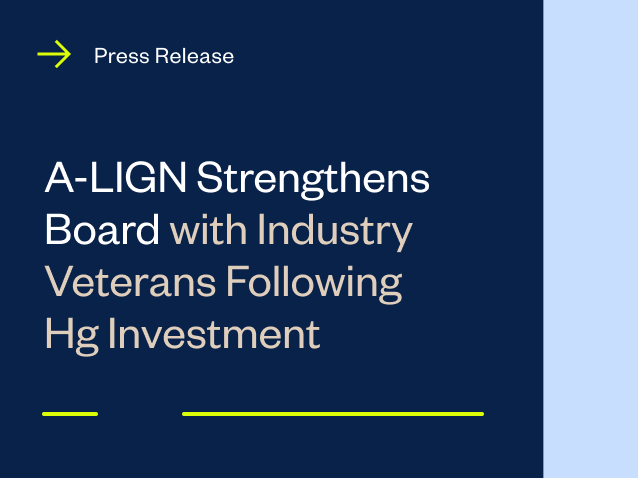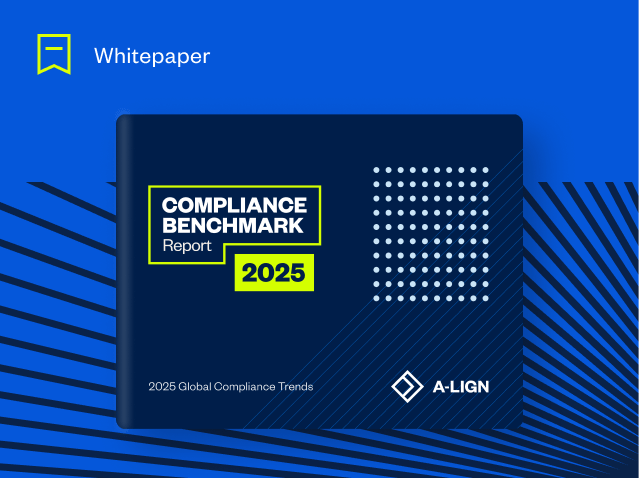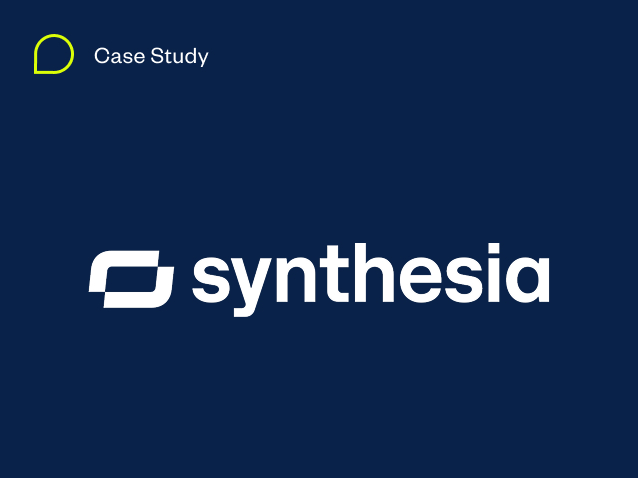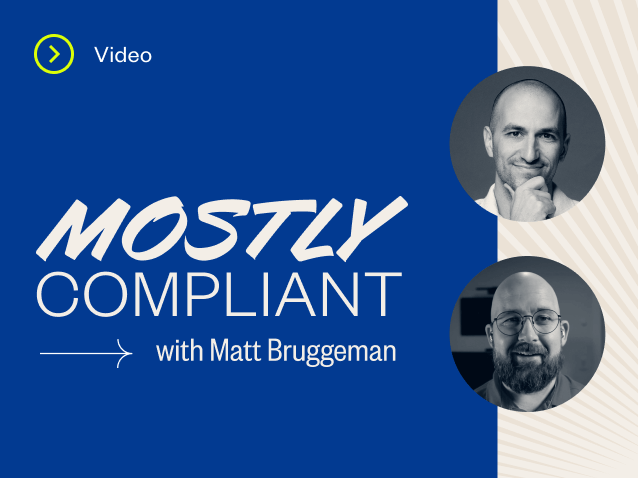ISO 27001 as a Strategic Foundation for EMEA Compliance
Across the EU and broader EMEA region, regulations such as the EU AI Act, DORA, and NIS2 are redefining what security, privacy, and operational resilience require. According to our 2025 Compliance Benchmark Report, 85% of UKI businesses anticipate changes to their compliance strategy as these regulations come into force. These frameworks do not only mandate control, they also require traceability, oversight, and measurable performance. Organizations that treat compliance as a checklist will find themselves reacting to audits, buyer concerns, and enforcement notices. Conversely, organizations that adopt a system-based approach have an opportunity to align security and privacy with business resilience, buyer trust, and growth.
Instead of responding to each demand separately, organizations should use ISO/IEC 27001:2022 to build a structured system that addresses many needs at once. ISO 27001 establishes a management system that enables businesses to systematically govern, operate, and improve their information security programs. When extended with ISO/IEC 27701, the system also supports global privacy obligations.
For an overview of ISO 27001 and how it structures security governance, see our dedicated primer, ISO 27001: Everything You Need to Know.
As a brief summary, ISO 27001 is the international standard for building an Information Security Management System (ISMS). It defines a structured approach to:
- Identify and treat information security risks
- Define leadership roles and responsibilities
- Set measurable security objectives
- Document policies and operational controls
- Continuously monitor, evaluate, and improve
ISO 27001 is not a checklist of technical tools, but a full management system focused on how security is governed and maintained across your organization.
How ISO 27001 supports internal stakeholders
Internal leadership needs confidence that security and privacy risks are being properly managed. An ISO 27001-aligned ISMS creates that confidence by:
- Assigning clear ownership for information security
- Aligning security objectives with business goals
- Ensuring risk assessments are conducted regularly
- Requiring internal audits and leadership reviews
- Driving continual improvement over time
The ISMS creates a predictable and verifiable framework that leadership can rely on for reporting, decision-making, and accountability.
How ISO 27001 addresses customer requirements
Many customer contracts now require evidence of strong information security and privacy practices. An ISO 27001-certified ISMS helps meet these requirements by:
- Providing globally recognized certification to reference during contract negotiations
- Supplying standardized evidence such as a Statement of Applicability and audit results
- Documenting incident response, access control, and supplier management processes
- Reducing the time and complexity of customer security reviews
When organizations add ISO 27701 to the ISMS, they also meet privacy-related contractual obligations such as data subject rights management, consent tracking, and lawful processing requirements.
How ISO 27001 helps meet regulatory obligations
New regulations are setting higher standards for security and resilience. ISO 27001, combined with ISO 27701, provides a strong operational foundation for compliance with:
DORA (Digital Operational Resilience Act)
For financial services and critical ICT providers in the EU, DORA requires organizations to manage ICT risks, test resilience, oversee third parties, and report incidents. ISO 27001 supports these activities by:
- Establishing governance for ICT risk
- Requiring ongoing risk assessments and treatment plans
- Building formalized incident response and monitoring processes
- Supporting third-party risk management through supplier controls
NIS2 (Network and Information Security Directive)
NIS2 expands cybersecurity obligations across essential and important sectors. ISO 27001 aligns with NIS2 by:
- Documenting organizational risk management practices
- Formalizing business continuity and incident response
- Enforcing supply chain risk management measures
- Requiring evidence of security testing and audits
DSA (Digital Services Act)
While DSA is primarily focused on content moderation and systemic risk in digital platforms, ISO 27001 supports operational resilience and user data protection requirements.
Adding ISO 27701 strengthens the organization’s ability to manage lawful data processing, user consent, and data subject rights under DSA privacy obligations.
Why privacy management should be included
Security is only part of the equation. Privacy laws like GDPR, CCPA, and others require organizations to prove that personal data is collected, processed, and protected properly. ISO 27701 extends ISO 27001 by adding:
- Lawful basis documentation for personal data processing
- Procedures for managing consent and data subject rights
- Controls for data minimization and purpose limitation
- Oversight of third-party data processors
By implementing ISO 27701 together with ISO 27001, organizations can build a single, integrated system that supports both security and privacy compliance.
Building a sustainable system
ISO 27001 is built around the drive for continual improvement. Organizations must regularly review risks, measure performance, conduct internal audits, and update controls. This approach ensures that the ISMS is not a static project. It adapts to new threats, new regulations, and new business priorities without needing to be rebuilt each time external expectations change. A sustainable ISMS gives organizations the operational flexibility needed to stay ahead of customer demands and regulatory shifts. It offers unlimited capacity to innovate while limiting organizational risk.
ISO 27001, supported by ISO 27701 for privacy and ISO/IEC 27036-1 for third-party oversight, provides a practical foundation for organizations operating in the EMEA region. It enables clients to address diverse regulatory obligations through a single, scalable system. It also allows them to extend risk management across the supply chain and demonstrate maturity in vendor oversight (TPRM). Organizations that invest in certification now are better positioned to meet buyer expectations, reduce compliance uncertainty, and move confidently into additional regulated markets.
By building an ISMS, organizations create a single, scalable system that strengthens resilience, reduces compliance costs, and increases trust across stakeholders. With one “operating system” you can consistently create desired outcomes for your organization while optimizing both risk and costs.





